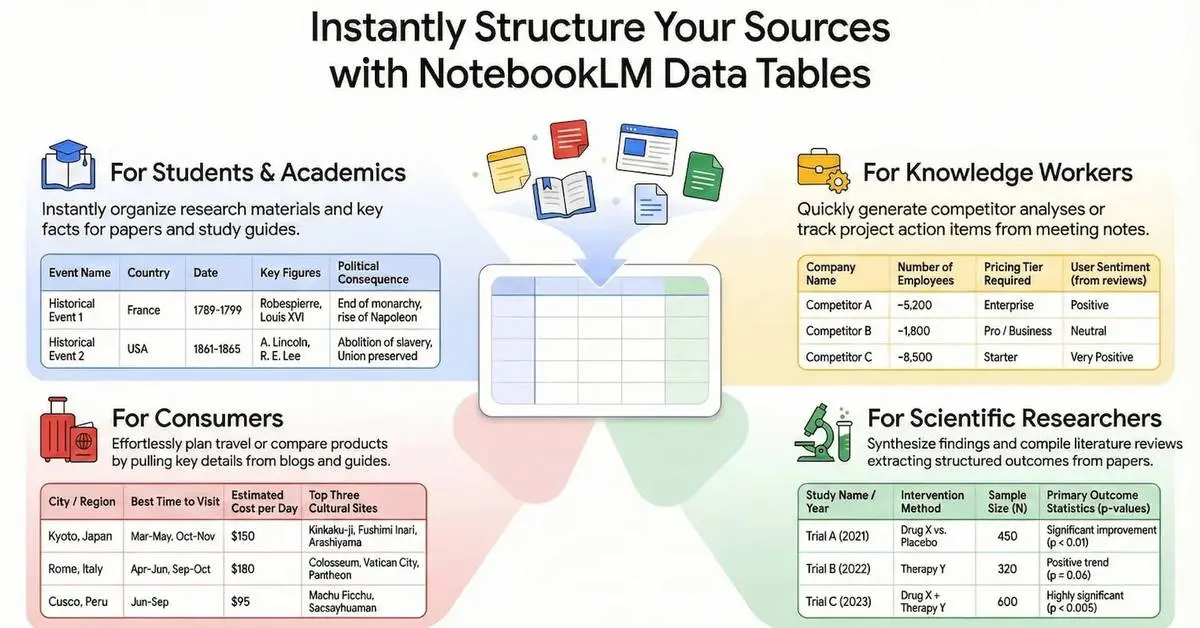Intel Expands into Automotive AI Market with Arc GPUs
2 Sources
2 Sources
[1]
Intel is bringing GPUs to cars
Intel is bringing GPUs to cars Triple-A gaming is coming to vehicles in 2025, the company said. Intel has unveiled a discrete GPU for cars, the Arc A760A, designed to bring the "triple-A gaming experience" from home over to your car, the company announced. No automotive partners were revealed, but vehicles with the new chips will go on sale as soon as 2025. With car buyers increasingly focused on in-vehicle entertainment above all else, the chips are designed to "unlock a new era of AI-powered cockpit experiences," according to Intel's press release. The GPUs will allow voice, camera and gesture recognition to make it easy to control up to "seven high-definition screens rendering 3D graphics and six-in vehicle cameras and interactive features." At the same time, it can supposedly run demanding triple-A gaming titles, in-vehicle entertainment and AI-powered productivity apps. The system will also be highly personalized to the driver. It'll include the ability to "execute complex vehicle control commands through natural language processing, answer vehicle-related questions accurately, and even engage in leisurely chat with users, providing a more interactive and enjoyable journey," according to Intel. Intel added that it has created over 500 features and AI apps for automobiles, with over 100 independent software vendors working on in-vehicle experiences. In addition, the A760A will be fully compatible with software developed for its iGPU PC platform, while scaling from entry- and mid-tier vehicles up to higher-end cars. Intel said it wants to be the "go-to partner for automakers." It's clearly looking to diversify its offerings in the wake of quality-control problems with recent PC chips and financial woes that may see it lay off up to 15,000 employees.
[2]
Intel Arc Discrete GPUs Enter The Automotive AI Market: Arc A760A Brings XMX & Ray Tracing Acceleration To Your Car's Cockpit
Intel has extended its Arc Discrete GPU portfolio to the automotive AI industry with the Arc A760A being the first product to serve the segment. Intel Arc Discrete GPUs Will Now Power Rich AI & Great Visual Experiences In The Automotive Market With The Introduction of the Arc A760A As AI demand for various industries increases, hardware manufacturers are trying to leverage the AI capabilities of their modern hardware to increase performance and efficiency. Intel is once again seen in action by delivering a new product in the automotive industry by announcing its brand new Arc A760A GPU, specially designed for automotive purposes. The new Intel Arc GPU was announced at the AI Cockpit Innovation Experience event in China where the company's vice president and general manager of Intel Automotive, Jack Weast said, "Intel's strategy is to bring the power of AI into devices of every size and shape, and we're thrilled to bring that expertise and our vast open AI ecosystem to the automotive industry." making its newest Arc Alchemist-based GPU be the first from its discrete lineup to be a part of the vehicles. He further said, "China's rapid electric vehicle development cycles and advanced technological adoption make it an ideal testing ground for our next-generation technologies". The Intel Arc A760A is built using the ACM-G10 GPU die, which provides 28 Xe-Cores, 28 ray tracing cores, and 448 Vector Engines. The VRAM configuration is 16GB GDDR6 RAM on a 256-bit memory bus and the core clock speed is up to 1953MHz in the boost mode. The GPU can deliver up to 229 TOPS in AI Inference and has a default TDP of 225W. It can not only play modern games and run various AI-based PC applications but also supports AI car assistants featuring LLMs to improve the driving experience. Through real-time data processing, it can process real-time data for many advanced operations, and through the company's Software Defined Vehicles platform, many car manufacturers will be able to use a single platform for many vehicles and trims. Furthermore, the GPU can support up to 6 camera inputs and four displays with the ability to decode and encode several video formats like HEVC, VP9, and the popular AV1 format. GPUs can help the automotive industry with their incredible computational power, advanced graphics, and AI functionalities for various tasks, including autonomous driving, in-vehicle infotainment systems, ADAS(Driver Assistance Systems), Smart Cockpit, and various others. As per Intel, the Chinese electric vehicle industry will be an ideal ground to test and develop its GPUs. The Arc A760A will be launched in the first quarter of 2025, while Intel's mainstream desktop GPUs of the Battlemage lineup are already ready to launch in the fourth quarter of this year.
Share
Share
Copy Link
Intel is entering the automotive AI market with its Arc GPUs, aiming to power advanced driver assistance systems and in-vehicle infotainment. This move puts Intel in competition with NVIDIA and AMD in the growing automotive technology sector.

Intel's Strategic Move into Automotive AI
Intel, a longtime leader in computer processors, is making a significant leap into the automotive artificial intelligence (AI) market. The company has announced its plans to bring its Arc graphics processing units (GPUs) to cars, marking a bold expansion of its technology portfolio
1
.Arc GPUs: Powering the Future of Automotive Technology
The Intel Arc A760A GPU, specifically designed for automotive applications, is set to revolutionize in-vehicle computing. This GPU will be capable of supporting advanced driver assistance systems (ADAS) and autonomous driving features, as well as powering sophisticated in-vehicle infotainment systems
2
.Key Features and Capabilities
Intel's automotive GPU boasts impressive specifications, including:
- 16 Xe cores
- 16 ray tracing units
- 256 XMX AI accelerators
- 8GB of GDDR6 memory
These features position the Arc A760A as a formidable contender in the automotive AI market, capable of handling complex computational tasks required for next-generation vehicles
2
.Competition in the Automotive AI Landscape
By entering this market, Intel is directly challenging established players like NVIDIA and AMD. NVIDIA, in particular, has been a dominant force in automotive AI with its DRIVE platform. Intel's move signals its intention to capture a share of this rapidly growing sector
1
.Potential Applications and Impact
The integration of powerful GPUs like the Arc A760A into vehicles opens up a world of possibilities:
- Enhanced ADAS capabilities, improving vehicle safety
- More realistic and responsive infotainment systems
- Support for autonomous driving features
- Improved processing for sensor data and real-time decision making
These advancements could significantly alter the driving experience and accelerate the development of self-driving technologies
2
.Related Stories
Intel's Broader Strategy
This move into the automotive sector aligns with Intel's wider strategy of diversifying its product offerings and expanding into new markets. By leveraging its expertise in GPU technology, Intel aims to establish itself as a key player in the automotive technology ecosystem
1
.Industry Implications and Future Outlook
The entry of Intel into the automotive GPU market is likely to intensify competition and drive innovation in the sector. As vehicles become increasingly reliant on advanced computing power, the demand for high-performance GPUs is expected to grow. This trend could reshape the automotive supply chain and accelerate the convergence of the tech and automotive industries
2
.References
Summarized by
Navi
[1]
Related Stories
Intel Unveils Arc Pro B-Series GPUs and 'Project Battlematrix' for AI Workstations
19 May 2025•Technology
Intel Challenges GPU Market with New Arc B580 and B570 Graphics Cards
04 Dec 2024•Technology

Intel Unveils Second-Gen AI-Enhanced Chip for Automotive Industry at Auto Shanghai 2025
05 May 2025•Technology

Recent Highlights
1
Google launches Gemini 3 Flash as default AI model, delivering speed with Pro-grade reasoning
Technology

2
OpenAI launches GPT Image 1.5 as AI image generator war with Google intensifies
Technology

3
OpenAI launches ChatGPT app store, opening doors for third-party developers to build AI-powered apps
Technology






